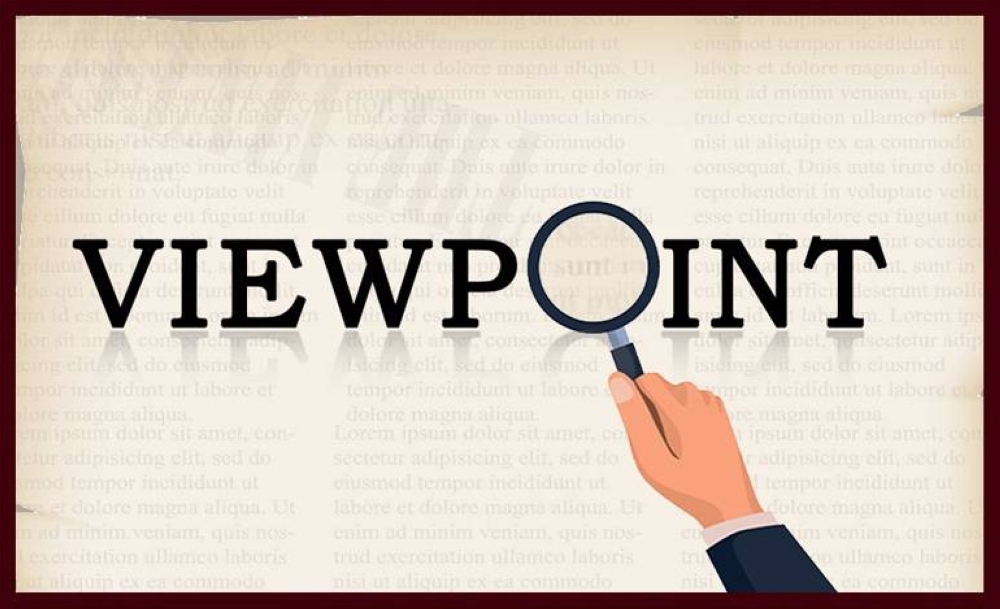Qatar’s near- to medium-term outlook is relatively favourable supported by the ongoing LNG expansion in offshore North Field and sustained domestic demand.
In its recent report on Qatar economy, the International Monetary Fund (IMF) noted the ambitious structural reform agenda underpins Qatar’s economic diversification efforts to build a more inclusive, knowledge-based and greener economy.
IMF made a special mention of Qatar’s historic hosting of FIFA World Cup and said a decade of the nation’s plan to diversify the economy culminated into the successful hosting of the 2022 FIFA World Cup, with very strong growth registered last year.
Qatar is well placed to leverage the top-notch infrastructure built and capitalise on the momentum and visibility created by the World Cup as the government lays out its 3rd National Development Strategy (NDS) to help achieve the ambitions of Qatar National Vision 2030.
IMF praised Qatar’s efforts at tackling Covid-19 and said the country managed the pandemic well, providing a safe environment for the first major global sport event since the pandemic.
Qatar has smoothly navigated the recent global economic and market volatility. The Russian war in Ukraine highlighted risks from geopolitical tensions, including the impact on energy prices, and the role of natural gas in safeguarding energy security, opening up opportunities for Qatar.
QCB has maintained price and financial stability. The banking sector turmoil originating from the US has had only a limited and temporary impact on the domestic financial system.
After very strong growth in 2022 boosted by the World Cup, the economy is expected to normalise in the near term while the outlook remains relatively favourable.
Real GDP growth is expected at 2–2.5% in 2023–24 on robust domestic demand and the ongoing LNG expansion, with inflation moderating gradually to around 3%.
Medium-term growth is likely to rise to around 4–4.5% after the North Field expansion starts boosting LNG production.
Aided by buoyant export revenue and public spending, the fiscal and external current accounts are projected be in surpluses throughout the medium term.
Risks to the outlook are broadly balanced. Downside risks stem mainly from an unfavourable global environment, including a sharper-than-expected global growth slowdown, tighter and more volatile global financial conditions, increased commodity price volatility, and further worsening of geopolitical tensions.
On the upside, accelerated reform efforts guided by the 3rd National Development Strategy, to be unveiled in the summer of 2023, could boost productivity and promote economic diversification. Sustained high hydrocarbon prices would further strengthen the outlook.
Fiscal discipline has been broadly maintained in 2022, with most of the hydrocarbon windfalls saved and overall expenditure largely kept within the budget envelope.
As a result, fiscal surplus rose to around 10% of GDP in 2022, from close to zero in 2021. Qatar’s debt declined by 16 percentage points to around 42% of GDP during the same period.
The 2023 budget balances continued discipline and sustaining domestic demand.
IMF is of the view that Qatar’s upcoming medium-term budget, for 2023–25, will be developed following the release of the 3rd National Development Strategy to balance aspiration for transformation and fiscal discipline.
Opinion
IMF hails Qatar’s structural reforms with economic diversification
The fiscal surplus rose to around 10% of GDP in 2022, from close to zero in 2021

